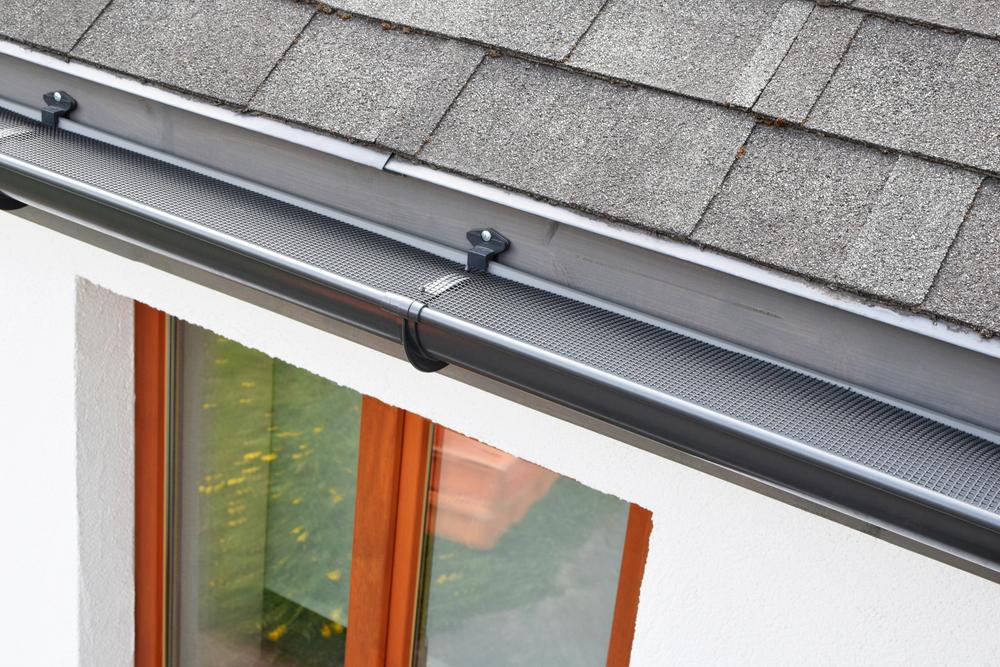
Want to protect your home from water damage? Make sure you have the right gutters in place. But with so many options available, how do you know which material is best for your home?
In this article, we break down the most common gutter materials and types, so you can make an informed decision.
Introducing the Best Material for Residential Gutters: Everything You Need to Know
– Aluminum Gutters:
The most popular choice for residential homes, seamless aluminum gutters are both strong and lightweight. They come in a variety of colors and can be customized to fit your specific needs. Plus, our aluminum gutters are 20% thicker than industry standards, providing extra durability against harsh weather conditions.
– Wood Gutters:
Looking for a unique, rustic look? Wood gutters are an option, but they come at a price. Starting at $15 per linear foot, these gutters can be expensive. And finding old-growth cedar, the original material used for wood gutters, is rare. Newer alternatives like new growth cedar or hemlock often don’t measure up in performance.
– Copper Gutters:
For a touch of elegance, consider copper gutters. While on the pricier side, copper gutters never rust and require minimal maintenance. Keep in mind that without proper treatment, they will oxidize and turn green over time. Fortunately, there are sealants available to maintain their golden shine.
– Steel Gutters:
If durability is your top priority, steel gutters are a good option. They can withstand ladders and fallen branches better than aluminum. However, galvanized steel will eventually rust and need repainting. For a rust-free alternative with long-lasting shine, stainless-steel gutters are the way to go. But be prepared for the higher cost.
– Vinyl Gutters:
For those on a budget, vinyl gutters are a common choice. Available at hardware stores, they are easy for do-it-yourself installations. However, heavy rain and hot temperatures can cause bending, cracking, and discoloration. If you want a low-maintenance option, vinyl might not be the best choice.
– Half Round and Quarter Round Gutters:
For a vintage aesthetic, half-round and quarter-round gutters are ideal for 19th Century era houses. These styles allow for efficient water flow but need to be sized one inch larger than K styles to handle the same capacity. Keep in mind that 6-inch half-round gutters are equivalent to 5-inch K-style gutters.
– Fascia Gutters:
Commonly found in the Western part of the United States, fascia gutters are fixed to fascia boards. These custom-made rainwater systems perform the function of a fascia board while efficiently channeling water away from your home.
– Integral Gutters:
A popular style in the 1960s, integral gutters are formed by the end of the rafters and fascia on a sloped roof. These gutters can hold a significant amount of water, but they have a higher risk of leaks. Regular maintenance and repairs are necessary to prevent damage to the roof and surrounding areas.
Having gained a comprehensive understanding of the different gutter materials and types at your disposal, you are now empowered to make an informed decision for your home. Safeguard your investment and avoid water-related damage by selecting the right gutters. And if you still have any uncertainties, confusion, or inquiries, don’t hesitate to reach out to Top Rated Gutters. We are here to assist you in making the best choice!

